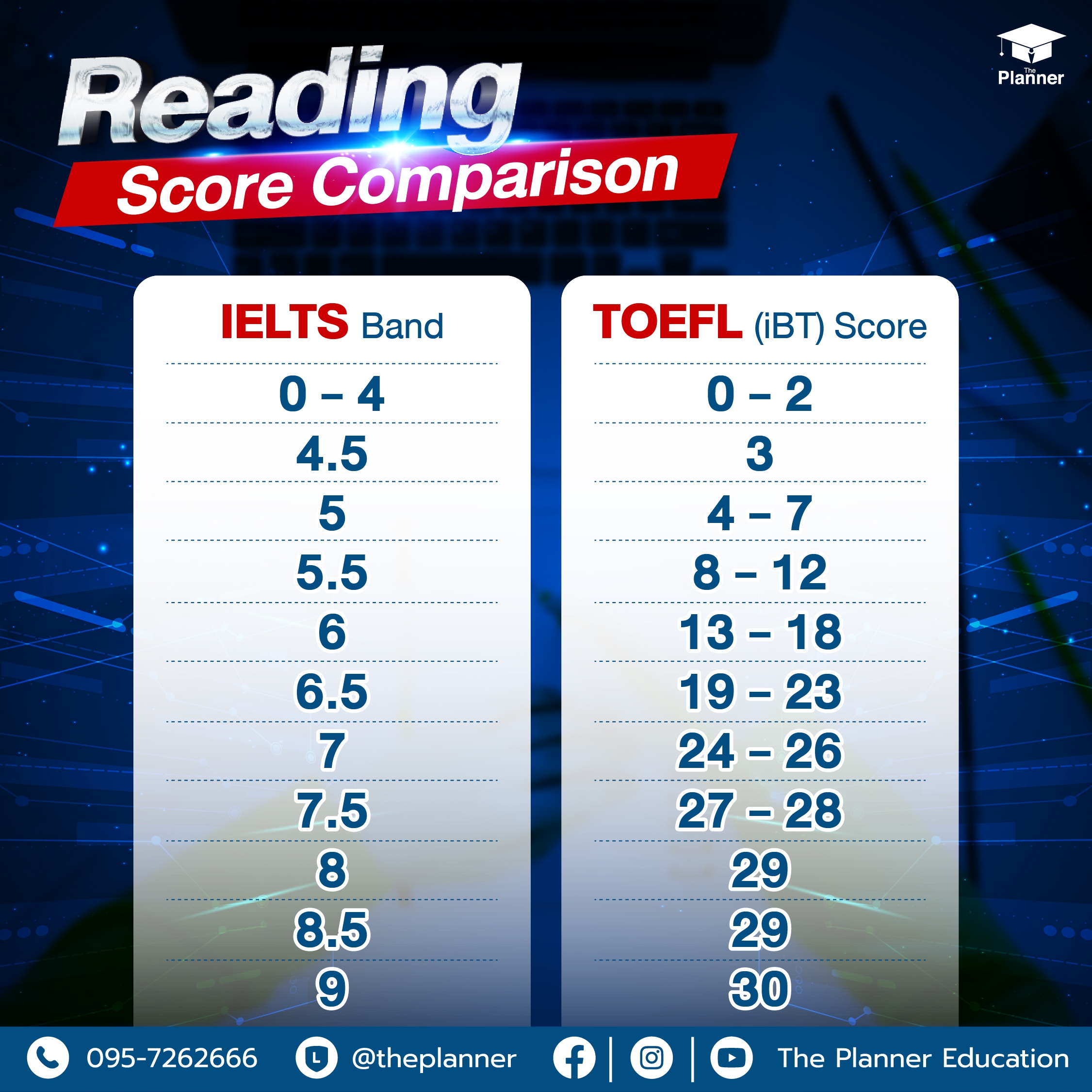When it comes to testing English proficiency for non-native speakers, two of the most popular exams are the International English Language Testing System (IELTS) and the Test of English as a Foreign Language (TOEFL). Both exams are widely accepted by universities and institutions around the world, but there are some key differences in how they are scored.
Understanding the scoring systems of IELTS and TOEFL can help test takers determine which exam is best suited to their needs and goals. Let’s delve into the comparison of IELTS vs TOEFL scores.
IELTS vs TOEFL Score Comparison
One of the main differences between IELTS and TOEFL scores is the way they are graded. IELTS scores are reported on a scale from 0 to 9, with half-band increments. A score of 9 indicates that the test taker has expert proficiency, while a score of 0 means the test taker did not attempt the test.
On the other hand, TOEFL scores are reported on a scale from 0 to 120, with each section (reading, listening, speaking, and writing) scored out of 30. The total score is the sum of the four section scores. A score of 120 is the highest achievable on the TOEFL exam.
Another key difference between IELTS and TOEFL scores is the validity period. IELTS scores are valid for two years, while TOEFL scores are valid for two years as well. This means that test takers will need to retake the exam if their scores expire before they apply to their desired institution.
It is also important to note that some universities and institutions may have specific score requirements for either IELTS or TOEFL. It is advisable for test takers to research the score requirements of their desired institutions before deciding which exam to take.
In conclusion, while both IELTS and TOEFL are reputable exams for testing English proficiency, there are differences in their scoring systems that test takers should be aware of. By understanding these differences, test takers can make an informed decision on which exam best suits their needs and goals.
